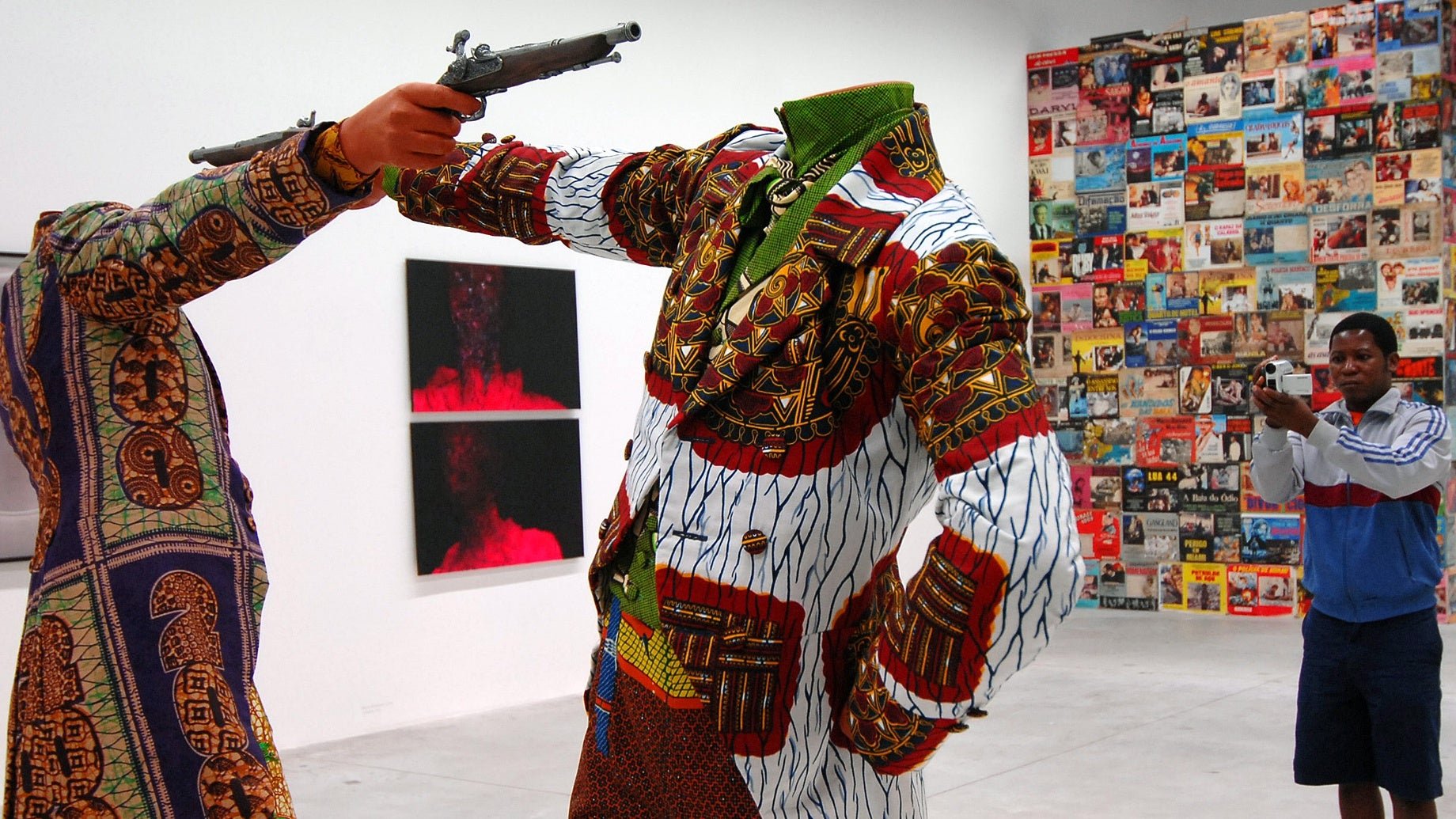A cutting-edge street festival in an old slave town in Ghana shows how African art is evolving
While contemporary African art is on the rise, the trope that African artists should produce art that looks and feels “African” still persists. But in Jamestown, an old slave town in Ghana, you will find a different kind of African art.


While contemporary African art is on the rise, the trope that African artists should produce art that looks and feels “African” still persists. But in Jamestown, an old slave town in Ghana, you will find a different kind of African art.
The town is home to the annual Chale Wote Street Art Festival, a platform that has given young African artists a chance to produce an art experience that is edgy and imaginative—demonstrating how the creative expressions of young Africans are changing what is known as African art.
Four years ago, two young Ghanaians, Mantse Aryeequaye and Sionne Neely, started the festival as an alternative platform for West Africa’s young creatives, and it has since also opened up room for interaction beyond Ghana’s national borders. It is now the biggest street art festival in West Africa, with 10,000 people having attended the festival last year.
This year’s festival, held over this past weekend, featured exhibitions from Ghana, Nigeria, Cameroon, Kenya, and South Africa, as well as far away as Austria and the Netherlands. The theme, “African Electronics,” prompted participants to use art to imagine a world where technology is ubiquitous.
The theme also tapped into Ghana’s inventive culture. Ghana is home to one of the world’s biggest e-waste dump sites. Unwanted electronic appliances, PCs, microwaves and phones are dumped in landfill sites in the country’s capital, Accra. Despite the health risks, Ghana’s e-waste landfill sites are ideal for gathering worn-out appliances, copper from old cables, and other electronic parts that can be used to create something new by Ghanaians used to creating something out of nothing.
This enterprising spirit seems to have featured at this year’s Chale Wote festival, over this past weekend: from human installations depicting how might an electronic human power source look like, to an artist’s impression of what a drone, made out of scrap, might look like.
The festival organizers say that this year’s theme was an opportunity to cast an eye onto how race, culture, technology and art “can create a different kind of world that is inclusive, diverse, electric, and on the move.”
“African art” as we know it, is changing. It no longer only defined by the djembe drum, wooden face masks, or a canvas painting of an African women carrying her child on her back with something else on her head—all of these mostly sold to the over-enthusiatic tourist who’s keen to get some “art from Africa.”
There’s a new kind of African aesthetic—pioneered by Africa’s young people—that is emerging. It is imaginative, edgy, and casts its reach beyond national borders, opening up a conversation with the rest of the world.